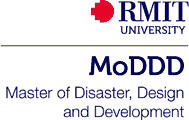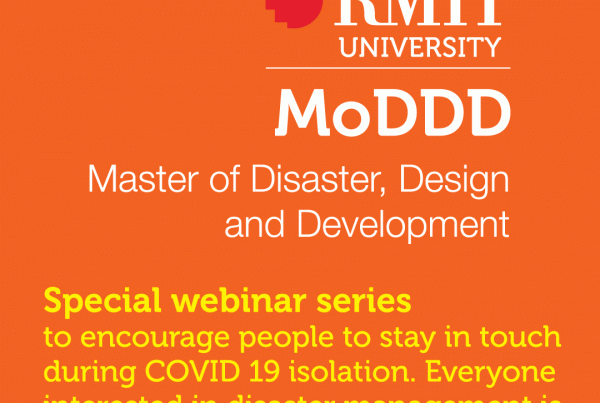MoDDD student Raphael Kilpatrick and graduate Robyn Mansfield recently participated in an international workshop on water security in the rapidly urbanizing Andes mountains.
The workshop took place on site in the mountains of Peru and was organized by Universidad Nacional de San Cristóbal de Huamanga (UNSCH), Ayacucho, Peru, and the urbanism and architecture (OSA) research group from Katholieke Universities Leuven (KU Leuven), Belgium. Below is Raph and Robyn’s short summary of the aims and outcomes of the workshop.

— Raphael Kilpatrick & Robyn Mansfield
We were invited to participate in an international workshop, the first of three, that seek to unravel the complexities of water security in the rapidly urbanising Andes mountains. We began at 5000m above sea level exploring the bofedales, or headwater peat marshes that catch and filter the now fast melting glaciers. From that height the vistas are a collage of seemingly impossible terrains and ecologies scrunched together, and the altitude sickness doesn’t make it any clearer. But those who live there, in stone huts, in sometimes brutal weather and hours from the nearest road and days walk from the nearest car or powerpoint or even shared language, have understood these mountains through ancient and lived wisdom.

Less than 100kms away is the city of Ayacucho with 270,000 people and huge demand of headwater catchments. Agriculture, hydro electricity, fish farming, dams, aqueducts and mining all draw down from this pristine region while conflict arises as water quality deteriorates from one community to the next. The complexities only multiply in the city.

We are not here to pretend 10 days can solve anything but rather to offer outside perspectives to the discussion. Twenty of us from Belgium, Slovenia, Australia, South Africa and elsewhere in Peru with a diverse mix of landscape, architecture, geographical, sociological and urbanism backgrounds have worked day and night to unpack our observations and present them back to local stakeholders during two exhibitions. The turnout was strong and the discussion detailed and fiery. And so it shall continue.




